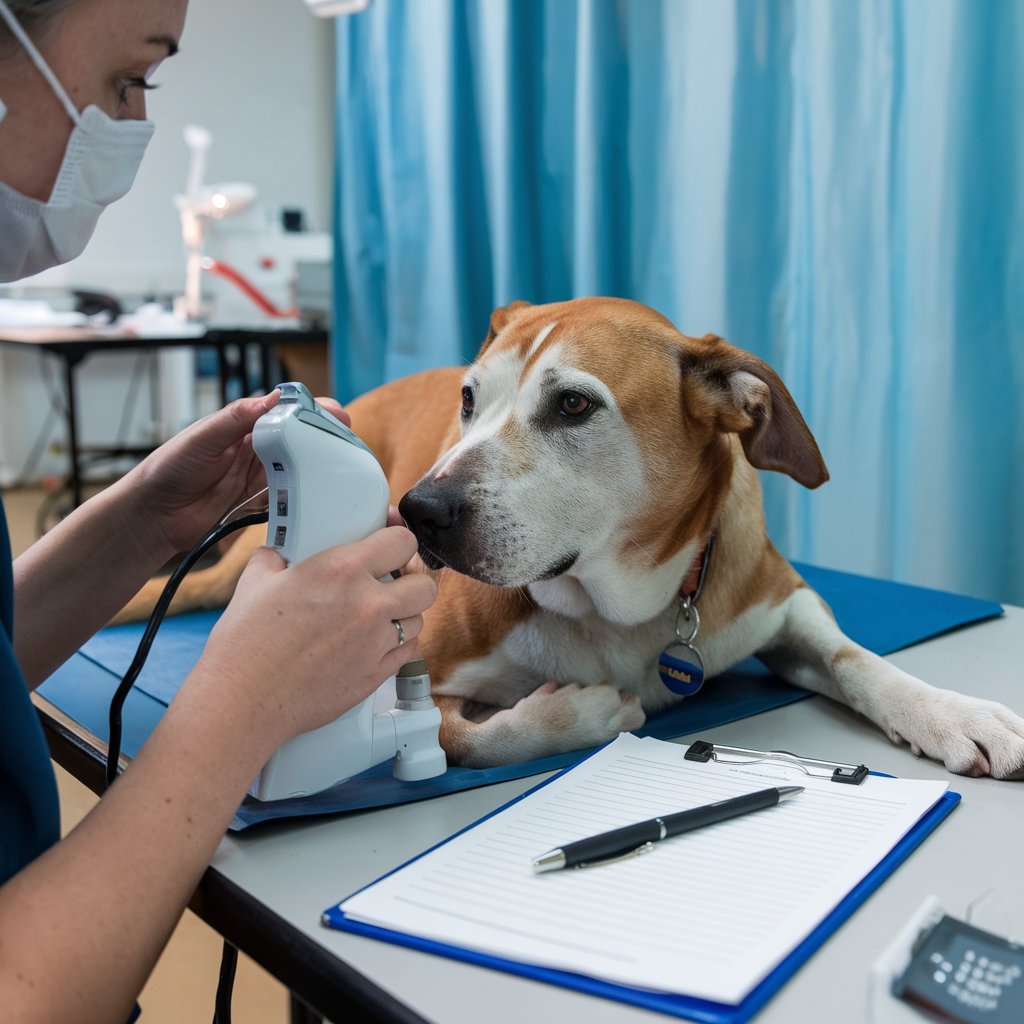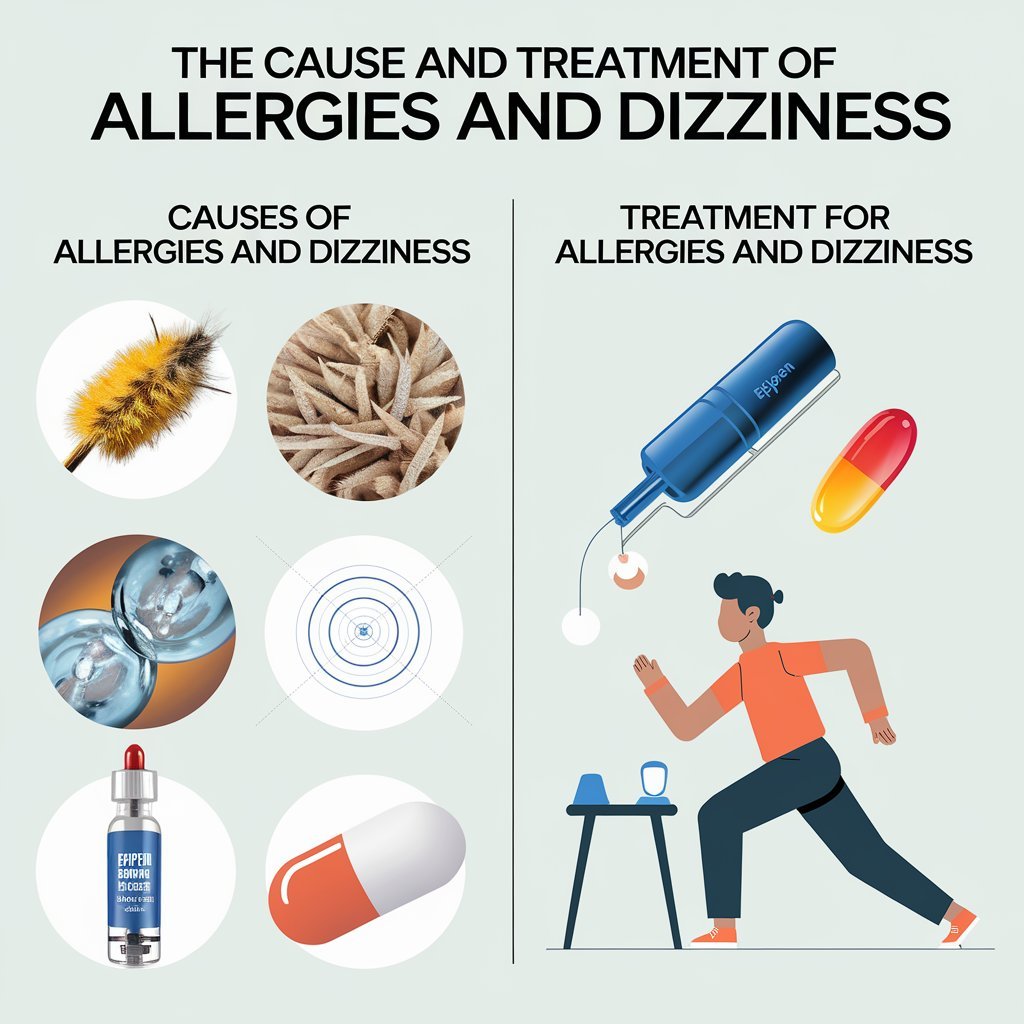Headaches are the most common type of pain. They are a major cause of absenteeism from school or work. While headaches, such as cluster headaches or tension headaches can occur without another reason, several headaches are considered to be an effect of exterior circumstances, in this case, allergens.
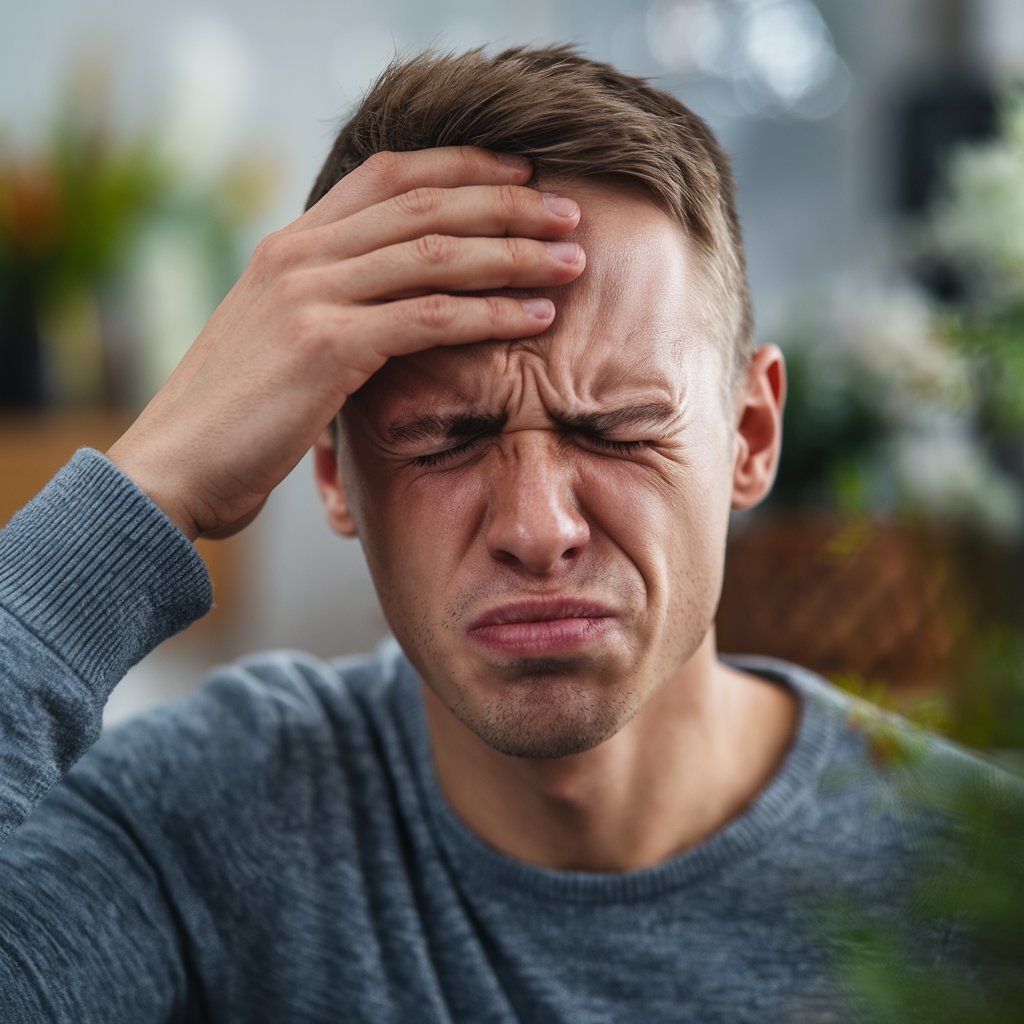
Allergy headache itself isn’t a real diagnosis—but that doesn’t make the pain any less real. This pain can be described as a sense of pressure in the face. While the sinuses often get blamed as the cause of this headache, many times it’s a migraine instead. Here you’ll find out how headaches are related to allergies and what you can do about them.
Types of Allergy Headaches
Medically, allergy headaches aren’t a thing. They will probably fall under the categories of either migraine or sinus headache. Both are capable of creating facial pain.
Sinus Headaches
The term sinus headache is very broad in its usage. Essentially it’s used to describe any form of facial pain because that is where the sinuses are found.
Sinuses are empty spaces around your eyes and nose. The lining of these hollow cavities may become inflamed or swollen. This medical condition is known as rhinosinusitis or sinusitis. Patients who have rhinosinusitis often state that they experience a sinus headache. In reality, true rhinosinusitis is an infection.
Your sinuses can become irritated from allergens, a condition called allergic rhinitis. Also called hay fever or seasonal allergies, allergic rhinitis will make your nose stuffy, but that may not be what’s causing your headaches.
More often than not, patients who think they have a sinus headache are told by an ear–nose–throat (ENT) specialist that they actually have chronic migraines.
Chronic Migraines
Migraines can masquerade as sinus headaches because they occur in the same areas of the head. Migraines, not sinus headaches, are what’s really going on if you have allergies.
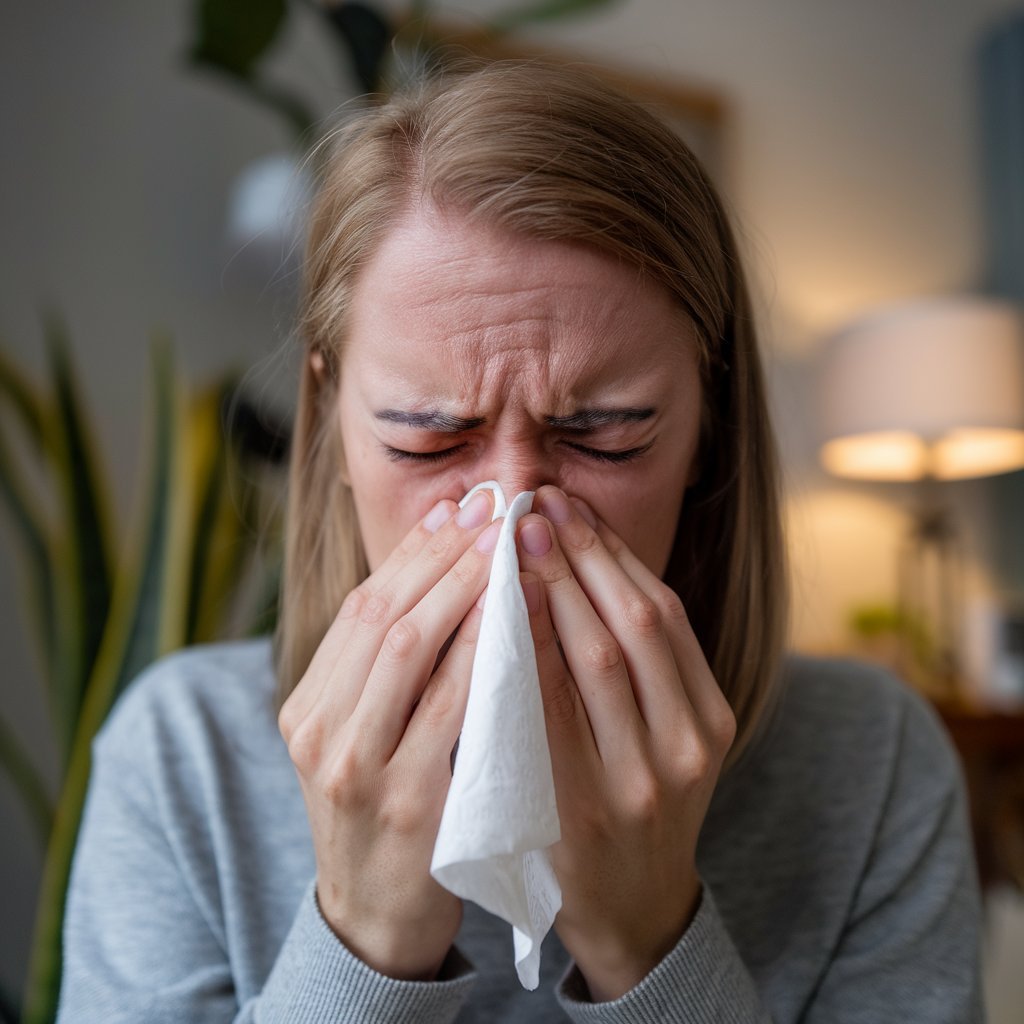
In fact, allergies seem to be pretty common in people with migraines. Indeed, one study found that half of the migraine patients had allergies compared to less than one-third of healthy individuals. Another finding of this research was the patients with allergies had migraine attacksmore often than migraine patients without allergies. Environmental factors such as allergens appear to be involved in triggering migraines.
Symptoms of Allergy Headaches
Rhinosinusitis symptoms are those of a migraine-but with very important differences. It’s extremely common to consider that you have a sinus headache when really you have migraine. In fact, about 90% of patients who perceive that they suffer from a sinus headache are in fact diagnosed as having migraine instead.
A true sinus headache, also known as rhinosinusitis, is a rare condition and is usually caused by another reason such as a viral or bacterial infection. The facial pain and headache should resolve within seven days after you stop experiencing symptoms or after treatment. Symptoms of sinus headaches include:
- Facial pain and pressure
- Headache
- Nasal and sinus congestion
- Possibly fever
- Reduced or no smell
- Thick, discolored nasal discharge
Migraines have a different spectrum of symptoms, aside from pain over the sinuses:
- Headache worsened by activity
- Interference with daily activities
- Moderate to severe headache
- Nausea
- Possibly watery eyes and runny nose, but with clear fluid
- Pulsing or throbbing pain
- Sensitivity to light and/or noise
What Causes Allergy Headaches?
An allergy headache will have different causes depending on whether it’s rhinosinusitis or migraine.
Sinus Headaches
Rhinosinusitis is most often caused by viruses. About 90% of people with a cold have some degree of viral inflammation in the sinuses.
Inflammation can be caused by bacteria as well. However, headaches due to sinusitis from bacterial infections are rare
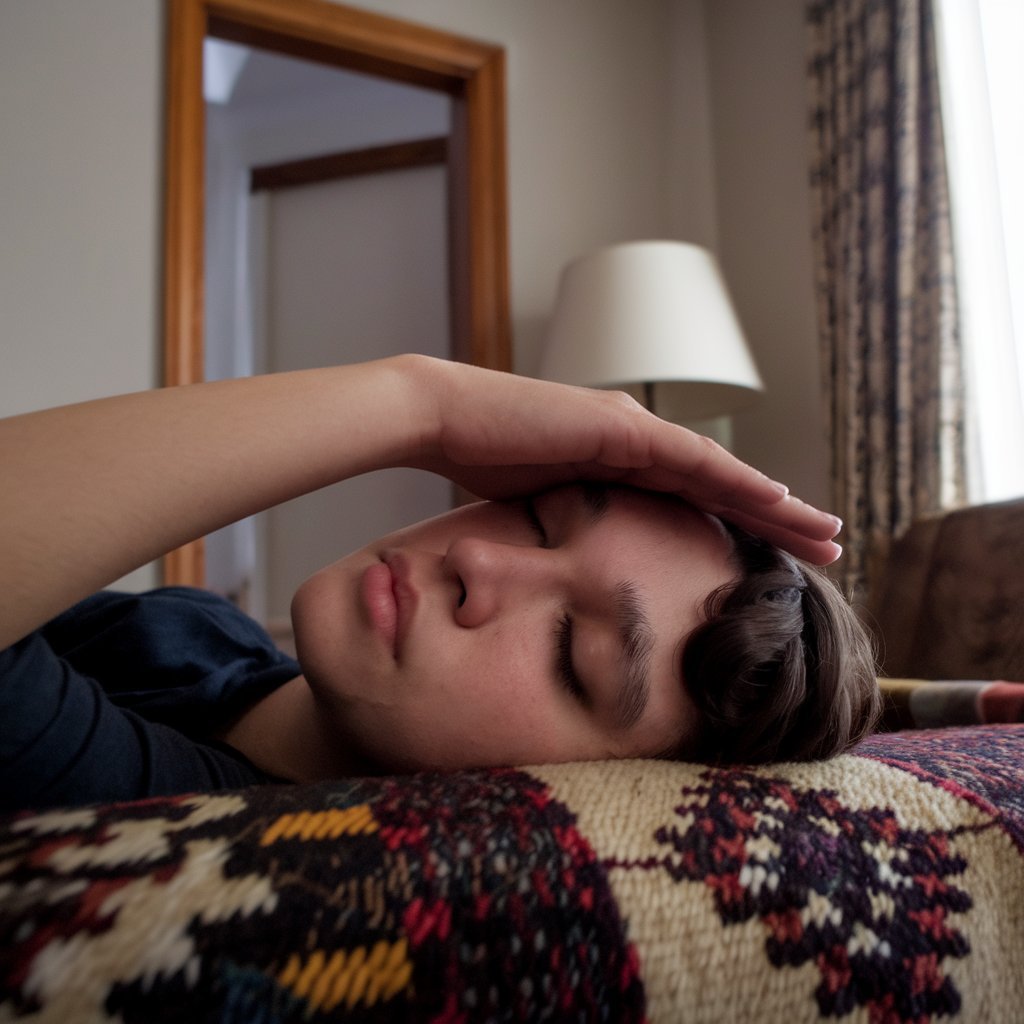
Sinus inflammation is also prevalent in people with allergies. Rhinosinusitis can be caused by the same irritants that trigger your allergies—animal dander, polluted air, smoke, and dust.
Whether rhinosinusitis is what’s causing headaches is up for debate, however. Constant blockage of nasal passages from allergic inflammation is definitely annoying, but it may not be giving you headaches
Migraines
Migraines occur when the nerve fibers of the blood vessels in the brain are activated. The nerve fibers can be activated by a number of different triggers, which are different for each person:
- Anxiety
- Bright or flashing lights
- Depression
- Emotion
- Hangover
- Head trauma
- Hormonal changes
- Loud or sudden noises
- Low blood sugar
- Motion sickness
- Overexertion
- Skipped meals
- Some medications
- Stress
- Strong odors or fumes
- Sudden changes in weather or environment
- Tobacco
- Too much or too little sleep
The second connection between allergies and migraines is their causative agents. Allergic rhinitis, for example, triggers histamine, leading to inflammation and irritation of nasal passages that can result in migraine headaches. Patients who suffer from an allergic reaction by causing inflammation have more than a 10 times higher likelihood of suffering from a migraine.
Migraines can occur at any age: children and adults. Females are about three times more likely to experience a migraine than males. Medical conditions, depression, anxiety, bipolar disorder, sleep disorders, and epilepsy can all affect migraines.
How Do Specialists Diagnose Allergy Headaches?
A correct diagnosis is the main way to go. If you say you have an allergy headache or a sinus headache, your healthcare provider will want to know a few things before making a diagnosis.
A true sinus headache is a rare occurrence and is associated with a viral or bacterial sinus infection. You’ll have thick, colored nasal discharge, a loss of or no sense of smell, and sometimes fever in addition to facial pain and pressure.
Migraines are different. Think about your headaches recently and ask yourself these questions:
In the past three months, have your headaches been severe enough to interfere with your ability to function (at work, at school, or with family activities)?
- Do you ever have nausea associated with your headaches?
- Are you sensitive to light with your headaches?
If you answered yes to two of these, the cause will likely be a migraine about 93% of the time. If you answered yes to all three, you can be about 98% sure it’s a migraine.
Allergy Headaches Treatments
Treatment of headaches aims at relieving the symptoms and preventing further attacks. The treatment, however depends on the type of headache.
Sinus Headaches
Treatment of the infection helps in relieving the symptoms. Treatment depends on whether it is a viral, bacterial, or fungal infection. Rhinosinusitis sometimes clears on its own and when it does, the headache should clear as well.
Migraines
You may have used a variety of over-the-counter (OTC) allergy medications hoping to alleviate sinus congestion. If these are not working, your headaches may be migraines instead.
- Drink plenty of fluids, particularly if you’re vomiting
- Tie down and rest in a quiet room with your eyes closed, but do not fall asleep
- Cold cloth or an ice pack pressed to your forehead
- Small dose of caffeine may be used early in the episode
Over the counter medications, prescription, and combination Rx medications can abate symptoms; in more common or severe migraine cases, certain preventive medications could help.
Natural remedies include vitamin B12 (riboflavin), magnesium, coenzyme Q10, and a medicinal plant called butterbur. Other treatments such as biofeedback and relaxation training can help you learn how to control or cope with the pain and your body’s response
How To Prevent Allergy Headaches
Not everyone who is allergic is a headache victim, though if one is plagued with headaches, relief measures are possible. Proper management of allergies keeps inflammation at low levels, and therefore lowers migraine headaches.
You can treat allergens with any number of available over-the-counter and prescription treatments and allergy shots. You should be able to prevent allergies at all by avoidance. If you don’t yet know what triggers you, consider reaching out to an immunologist or allergist.
You could make lifestyle modifications that help ward off migraines. Plant these seeds of headache prevention now to bring you the gains of migraine control later:
- Sleep: A migraine can disrupt sleep. You can get sleep regularity to manage your migraines. This means you go to bed at the same time every night and obtain the same number of hours of sleep every night. You should aim for seven to eight hours of sleep each night. For one, you should be constant.
- Exercise: Reduce the frequency, severity, and duration of your migraine attacks with exercise. In fact, this can be a good activity if you want to achieve 30 to 50 minutes of moderate intensity three to five times a week. Find something fun that you enjoy so you’ll stick with it.
- Eat: Food and fluids can influence migraine. Maintain normal blood sugar levels through six small meals a day. The best food for migraine control is high in protein, fiber, and good fats. AVOID highly processed foods and fasting. Also, drink plenty of water to stay hydrated.
- Diary: Write down your headaches. This will help your healthcare provider make an accurate diagnosis. You may begin to notice patterns that are arising around your headaches to identify where you can make changes.
- Stress: Check in with your stress levels. Stress can trigger migraines. Know and avoid the things in your life that cause you stress—and prioritize activities that decrease your stress.
If you have sinusitis, you can prevent it by cleaning your hands, getting your recommended vaccines, and avoiding contact with people who have a cold or other upper respiratory infections. Avoid smoking and secondhand smoke. Using a humidifier can also help because it moistens the air.
Living with Allergy Headaches
Typically, the headache is an actual migraine, though. If you get frequent attacks of sinusitis, go see a healthcare provider or ENT specialist and see what could be causing the problem.
Migraine headaches can be very disturbing in daily activities. Headache hygiene is making a lifestyle adjustment to avoid getting headaches. You may not get rid of the symptoms completely, but you can definitely see a great reduction if you maintain your sleep patterns regularly, exercise regularly, eat your meals regularly, control stress, and avoid your triggers.
Some headaches can be diet-induced, and this kind of headache may be alleviated by a good meal or snack; in general, adding some protein and avoiding foods that are too full of sugar prevents a “hunger headache.”
Keeping a food diary can be helpful. Have a column for time, food(s) eaten and the amounts, and any headache symptoms. Reactions can occur anywhere from half an hour to 72 hours after you had the triggering food or beverage
If you’re taking a monoamine oxidase (MAO) inhibitor, you’ll be advised to avoid the amino acid tyramine. Tyramine is found in many foods, especially aged and fermented foods.
People who menstruate may be even more sensitive to migraine triggers the week before the period. Something that wouldn’t trigger a headache the week following your period can easily do the week before it.


